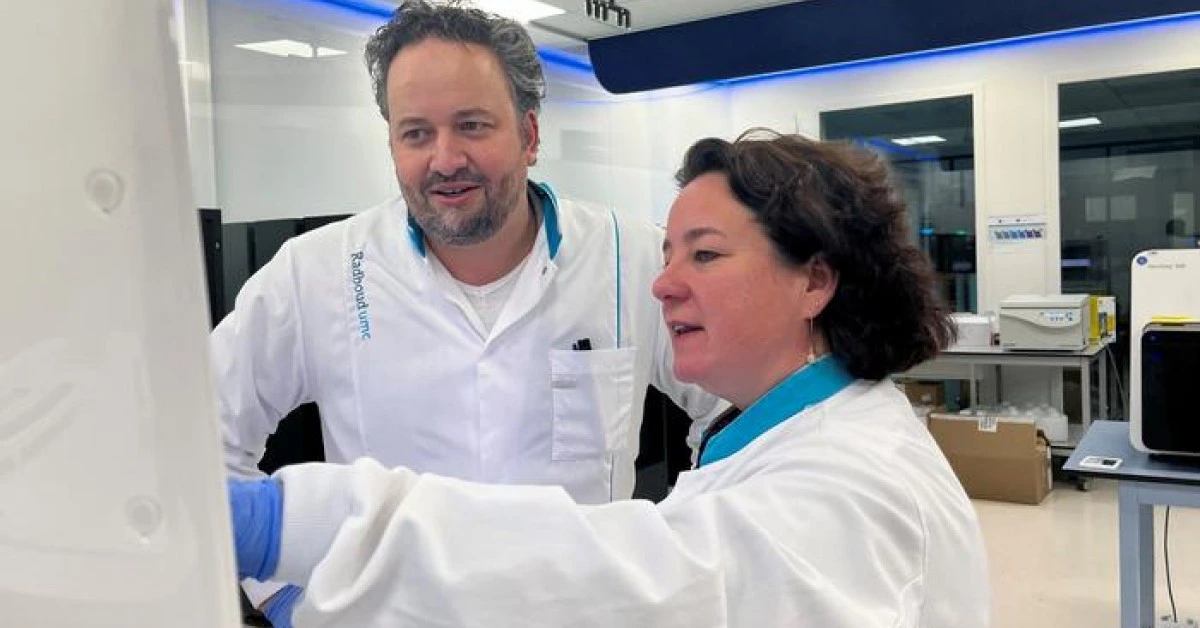
SPAIN – An international effort led by the Solve-RD consortium has achieved groundbreaking results, diagnosing over 500 patients with rare diseases using advanced genomic techniques and collaborative expertise.
This milestone underscores the importance of cross-border collaboration in addressing the medical challenges posed by rare diseases.
The Solve-RD project, which involved researchers from the University of Tübingen, Radboud University Medical Center, and the National Center for Genomic Analysis in Barcelona, focused on reanalyzing over 6,000 genome datasets.
These efforts provided genetic diagnoses for patients with conditions such as neurological disorders, intellectual disabilities, hereditary cancer syndromes, and rare neuromuscular diseases.
“The Solve-RD approach to reanalyze data from unsolved rare disease patients was successful and led to a diagnosis for more than 500 patients,” noted Holm Graessner, Solve-RD coordinator.
He emphasized that this breakthrough represents a significant milestone in European rare disease research, adding, “We will continue and scale up this approach in ERDERA to provide a diagnosis to even more patients and families across Europe.”
Rare diseases, which are defined in the European Union as conditions affecting fewer than five in 10,000 people, often have a genetic basis, with at least 70% linked to genetic causes.
Diagnosing these conditions is complex, as they often involve subtle or poorly understood genetic variants.
Through reanalysis of genomic data from 6,447 patients and 3,197 unaffected family members, Solve-RD was able to provide clarity to 506 patients and their families.
For about 15% of these patients, actionable insights were identified, including potential treatment options. The findings were published in Nature Medicine.
This success was made possible by the collaboration of 300 experts from 12 European countries and Canada, working within the framework of European Reference Networks (ERNs) that specialize in specific rare diseases.
By standardizing diagnostic methods across participating countries, patients could receive consistent diagnostic processes regardless of whether they were seen in the Netherlands, Germany, or France.
Overcoming challenges related to logistics, national legislation, and varied regulatory environments was crucial in creating a unified diagnostic approach.
The project also introduced a two-level expert review framework, which combines insights from clinical geneticists, data scientists, and other specialists to improve diagnostic accuracy.
Building on this foundation, the initiative is now expanding through the European Rare Disease Research Alliance (ERDERA), led by INSERM in France.
ERDERA aims to accelerate rare disease diagnosis by analyzing over 100,000 genomic datasets, scaling up from the 10,000 previously analyzed under Solve-RD.
To achieve this ambitious goal, ERDERA plans to employ cutting-edge genomic techniques, including long-read genome sequencing, optical genome mapping, and RNA sequencing.
These advancements aim to uncover the genetic basis of unresolved cases and provide diagnoses to even more patients.
As part of this effort, the University of Tübingen continues to play a leading role, alongside teams from Radboud University Medical Center, Barcelona, and other European institutions.
Lisenka Vissers, a professor in translational genomics at Radboudumc and a lead researcher in the project, highlighted the importance of large-scale data reanalysis.
“This allowed us to find similarities and draw conclusions. We have now even been able to provide a diagnosis to a patient who has been ill for twenty years and has participated in many studies,” she explained.
The achievements of Solve-RD and its successor, ERDERA, demonstrate the transformative potential of international collaboration, advanced technology, and innovative methodologies in addressing the unmet needs of rare disease patients.
XRP HEALTHCARE L.L.C | License Number: 2312867.01 | Dubai | © Copyright 2025 | All Rights Reserved